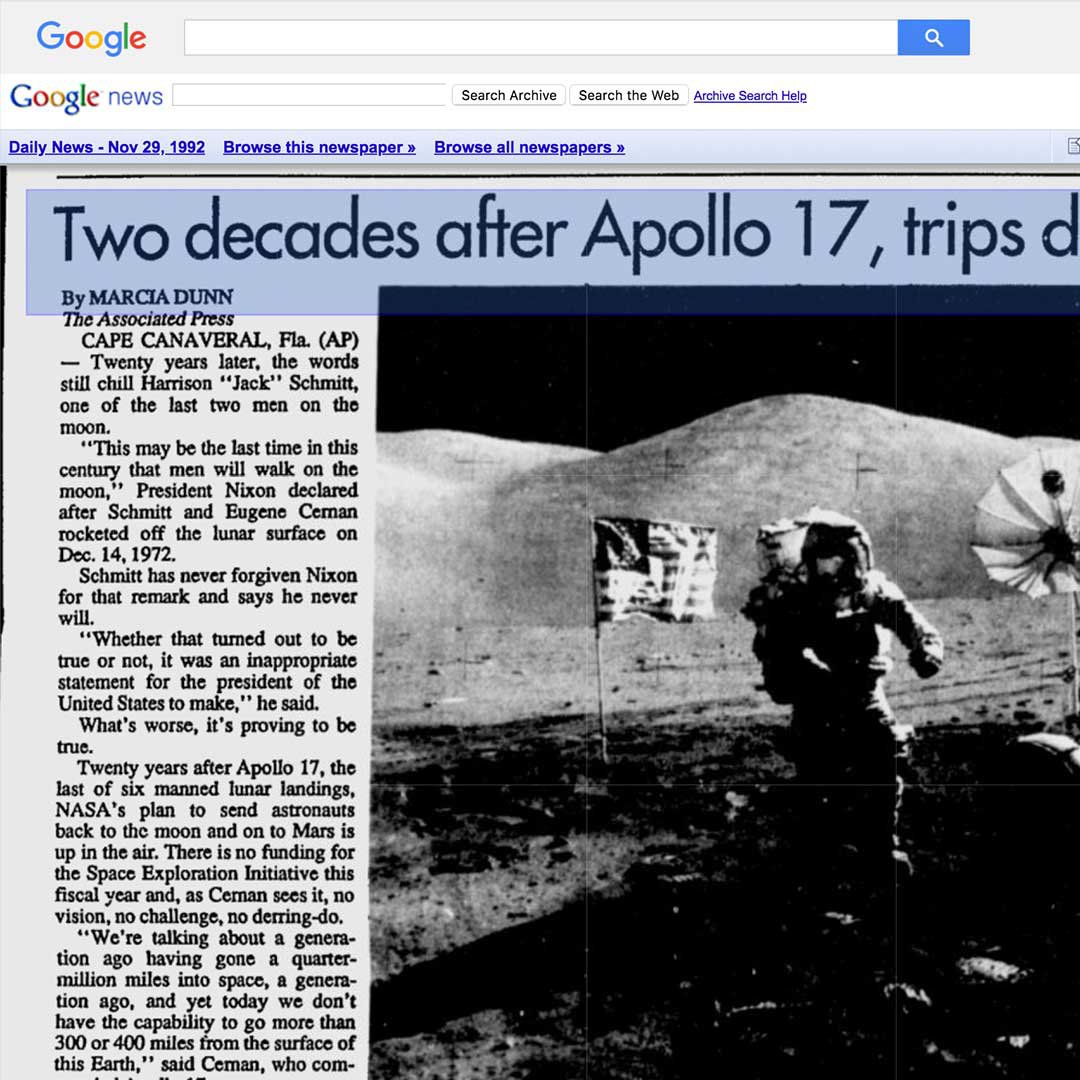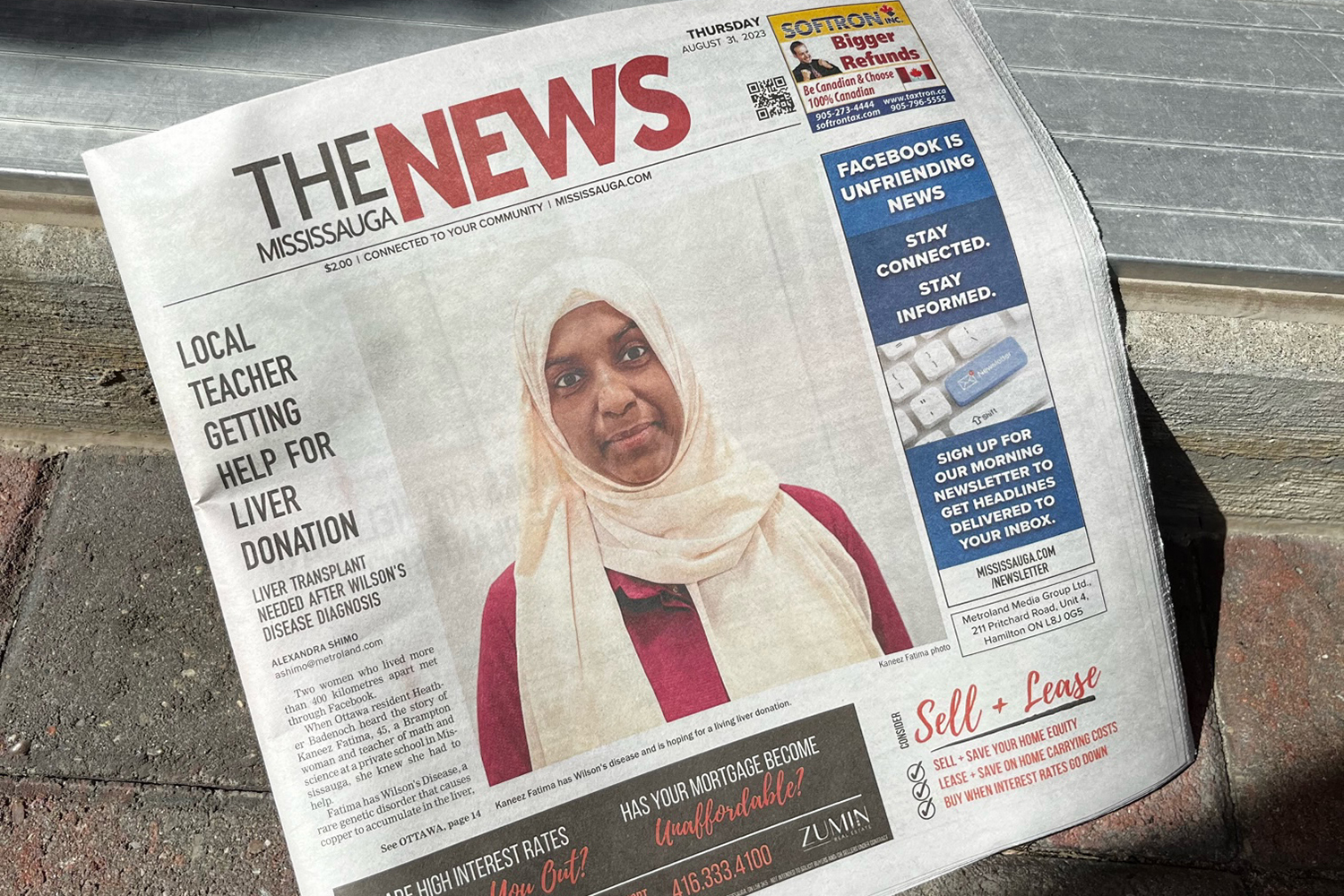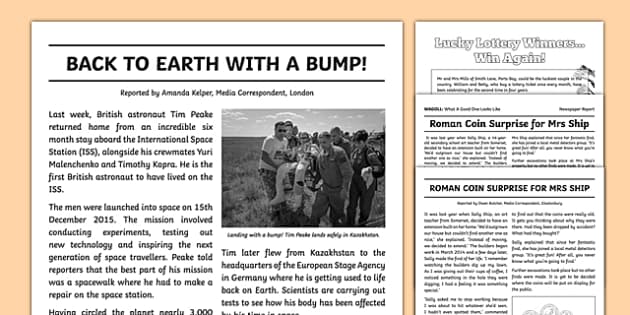The 7-Minute Rule for News Articles
The 7-Minute Rule for News Articles
Blog Article
The Facts About News Articles Uncovered
Table of ContentsSome Known Details About News Articles Some Known Facts About News Articles.News Articles Fundamentals ExplainedSome Known Details About News Articles The News Articles PDFs
Excellent understanding of different subjects offers trainees an one-upmanship over their peers. Even though digital and social networks are readily accessible, we need to not neglect exactly how crucial it is to read the newspapers. Parents must try and inculcate the habit of reviewing a newspaper as a daily regimen to proceed the legacy of the adored print tool.News tales also have at least one of the following vital features relative to the desired target market: distance, importance, timeliness, human rate of interest, curiosity, or repercussion.
Within these restrictions, news tales also intend to be comprehensive. Various other factors are entailed, some stylistic and some derived from the media kind. Among the larger and more highly regarded papers, justness and balance is a major variable in offering info. Discourse is normally constrained to a different area, though each paper might have a different general slant.
Newspapers with a global audience, as an example, tend to make use of a much more formal style of creating. The specific options made by a news outlet's editor or editorial board are often accumulated in a style guide; usual design guides consist of the and the US News Style Book. The major goals of information writing can be summed up by the ABCs of journalism: precision, brevity, and clarity.
The Only Guide to News Articles
As a rule, reporters will certainly not use a long word when a brief one will do. They use subject-verb-object building and brilliant, active prose (see Grammar). They use stories, instances and allegories, and they hardly ever rely on generalizations or abstract concepts. Information authors attempt to avoid utilizing the very same word extra than as soon as in a paragraph (in some cases called an "echo" or "word mirror").
Headlines occasionally omit the subject (e.g., "Leaps From Boat, Catches in Wheel") or verb (e.g., "Feline female lucky"). A subhead (additionally subhed, sub-headline, subheading, subtitle, deck or dek) can be either a subservient title under the main headline, or the heading of a subsection of the write-up. It is a heading that comes before the primary text, or a team of paragraphs of the primary text.

Additional billboards of any of these types may appear later on in the write-up (especially on subsequent web pages) to entice additional analysis. Such billboards are likewise utilized as guidelines to the write-up in other areas of the publication or website, or as ads for the item in other publication or websites. Regular structure with title, lead paragraph (recap in vibrant), various other paragraphs (information) and contact info.

Instance of a hard-lead paragraph NASA is recommending one more room job. The company's spending plan request, announced today, included a plan to send pop over here out an additional mission to the Moon. This moment the firm intends to establish a lasting facility as a my website jumping-off place for other space adventures. The budget plan demands about $10 billion for the task.
An "off-lead" is the second most essential front page news of the day. To "bury the lead" is to start the article with background information or details of additional relevance to the viewers, requiring them to check out more deeply into a short article than they need to have to in order to uncover the essential points.
Not known Details About News Articles
Typical use is that or 2 sentences each develop their very own paragraph. Reporters typically explain the company or structure of a newspaper article as an upside down pyramid. The vital and most intriguing aspects of a story are placed at the start, with supporting info adhering to in order of diminishing value.
It permits people to explore a topic to just the depth that their curiosity takes them, and without the charge of details or subtleties that they might consider pointless, however still making that details offered to much more interested visitors. The upside down pyramid structure also enables write-ups to be cut to any approximate length during design, to suit the room readily available.
Some writers begin their stories with the "1-2-3 lead", yet there are many kinds of lead readily available. A twist can refer to multiple view publisher site things: The last story in the news program; a "satisfied" story to finish the show.
Longer posts, such as magazine cover posts and the pieces that lead the within areas of a newspaper, are recognized as. Feature tales differ from straight news in numerous methods.
Getting The News Articles To Work
The reporter frequently information communications with meeting subjects, making the piece more individual. A function's initial paragraphs usually associate an interesting moment or event, as in an "unscientific lead". From the details of an individual or episode, its sight quickly broadens to abstract principles concerning the tale's topic. The section that signals what a feature has to do with is called the or billboard.

The Editor's Tool kit: A Reference Overview for Beginners and Professionals (2001) Allan M. Siegal and William G. Connolly. The New York Times Guidebook of Style and Use: The Official Design Guide Utilized by the Writers and Editors of the World's A lot of Authoritative Newspaper (2002) M. L. Stein, Susan Paterno, and R.
Report this page